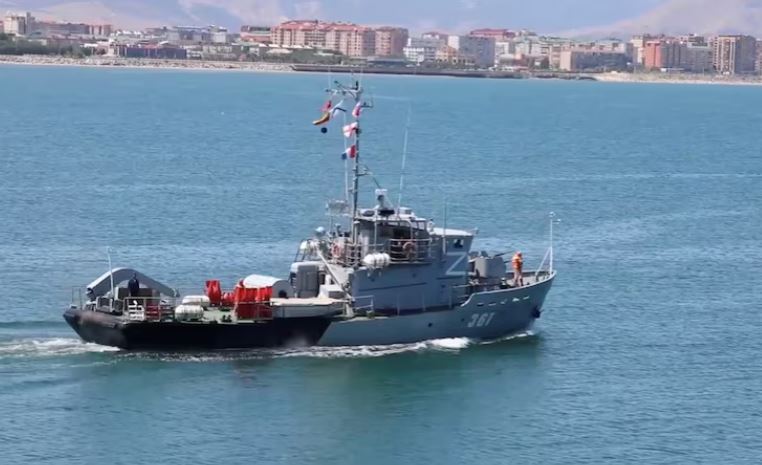In a significant display of naval prowess, Russia has commenced a series of extensive military exercises involving a substantial portion of its fleet. This operation spans multiple theaters, including the Arctic, Pacific, Baltic, and Caspian seas, and is poised to showcase the Russian navy’s readiness and capabilities.
Comprehensive Drills Across Multiple Regions
The Russian Ministry of Defence announced the commencement of these extensive naval drills, which will engage approximately 20,000 personnel and 300 ships. This multifaceted exercise aims to test various elements of naval operations, including combat readiness, anti-aircraft missile systems, artillery, anti-submarine warfare capabilities, and the use of “passive interference” techniques.
The drills will be executed across several operational zones: the Northern Fleet, the Pacific Fleet, the Baltic Fleet, and the Caspian Flotilla. The primary objective is to evaluate the efficiency and coordination of military authorities at all levels, ensuring that ship crews, naval aviation units, and coastal troops are prepared to execute their designated tasks effectively.
Strategic Implications and Naval Strength
Russia’s navy, often regarded as the third most formidable naval force globally after the United States and China, maintains a significant ballistic-missile nuclear submarine fleet. The ongoing exercises are designed to enhance operational readiness and showcase Russia’s naval capabilities amidst escalating global tensions.
Despite the impressive scale of these drills, Russia’s Black Sea Fleet, which has faced challenges adapting to modern drone warfare since the onset of the Ukraine conflict, is notably absent from these exercises. The Black Sea Fleet has struggled with integrating new warfare technologies, leading to a recent change in its command structure.
Broader Military Context and Recent Developments
The timing of these naval drills comes against a backdrop of heightened military activity by Russia. Since its invasion of Ukraine in February 2022, Russia has conducted numerous military exercises both independently and in collaboration with other nations, including China and South Africa. Recent months have seen an increase in mobile nuclear missile launcher drills and tactical nuclear weapons exercises. Additionally, military training with Belarus has intensified, reflecting a broader strategy of regional military consolidation.
At a recent celebration of Russian Navy Day, President Vladimir Putin issued a stark warning to the United States regarding missile deployments in Europe. He stated that if the U.S. stationed longer-range missiles in Germany, Russia would respond by positioning similar missiles within striking distance of Western Europe. This rhetoric underscores the ongoing strategic competition between Russia and Western powers.
Summary
The Russian navy’s current exercises represent a significant demonstration of military strength, involving a large-scale mobilization of personnel and assets across key maritime regions. These drills serve both as a display of Russia’s naval capabilities and a strategic response to rising geopolitical tensions. Amidst ongoing global conflicts and regional military engagements, Russia’s naval activities highlight its commitment to maintaining and projecting military power on a global scale.
Soumya Smruti Sahoo is a seasoned journalist with extensive experience in both international and Indian news writing. With a sharp analytical mind and a dedication to uncovering the truth, Soumya has built a reputation for delivering in-depth, well-researched articles that provide readers with a clear understanding of complex global and domestic issues. Her work reflects a deep commitment to journalistic integrity, making her a trusted source for accurate and insightful news coverage.



